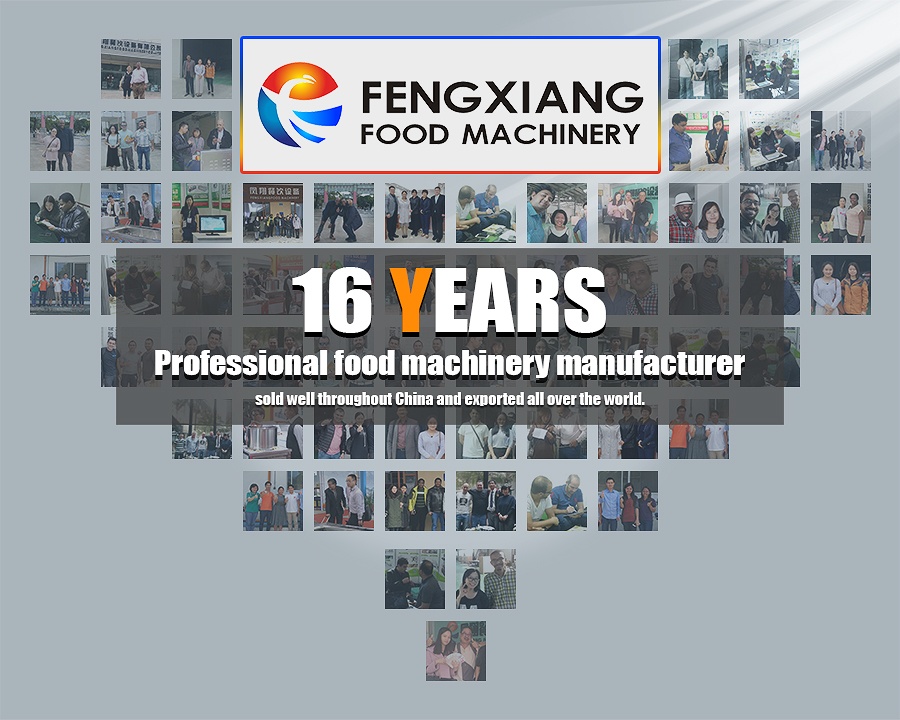
As a food processing solution equipment factory, we understand the critical role that efficient peeling techniques play in ensuring the quality and safety of the products that reach our tables. In this post, we will analysis of the peeling methods commonly used in food processing plant.
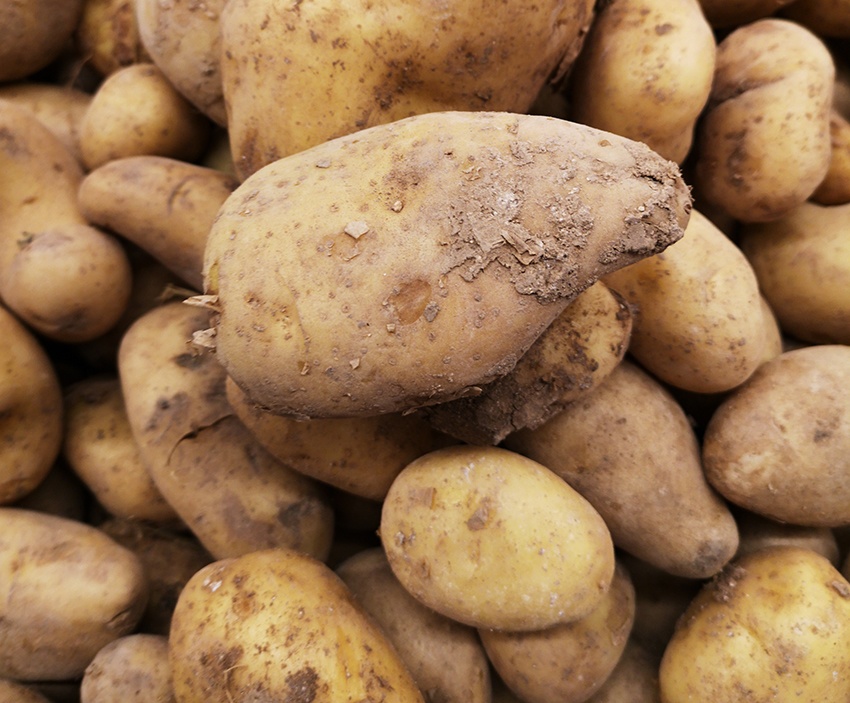
Brush Peeling:
The brush washing peeling method is a mechanical peeling technique that delicately removes the outer skin and impurities from various fruits and vegetables. Food plants rely on specialized brushes with varying textures and densities to cater to different produce types, such as peeling sweet potato, taro, cassava, onion, ginger, fish and so on.
Key Benefits of the Brushing Method:
a. Gentle Handling: The brush peeler is suitable for processing root produce, preventing damage and maintaining the integrity of the items.
b. Improved Hygiene: By effectively removing dirt and contaminants, brushing or sad brush ensures high standards of hygiene and food safety.
c. Enhanced Productivity: The continuous processing feature allows for efficient peeling processing, optimizing productivity.
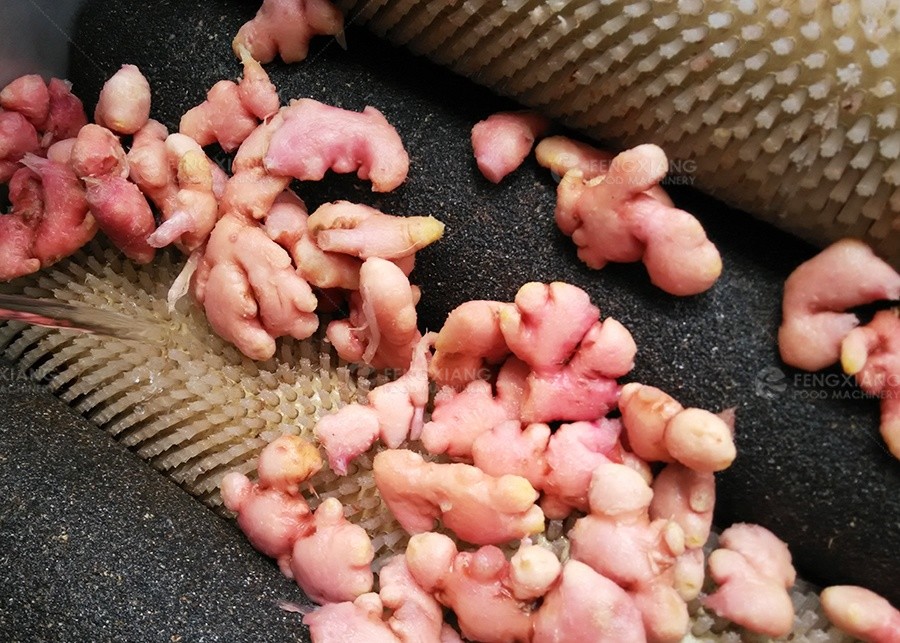
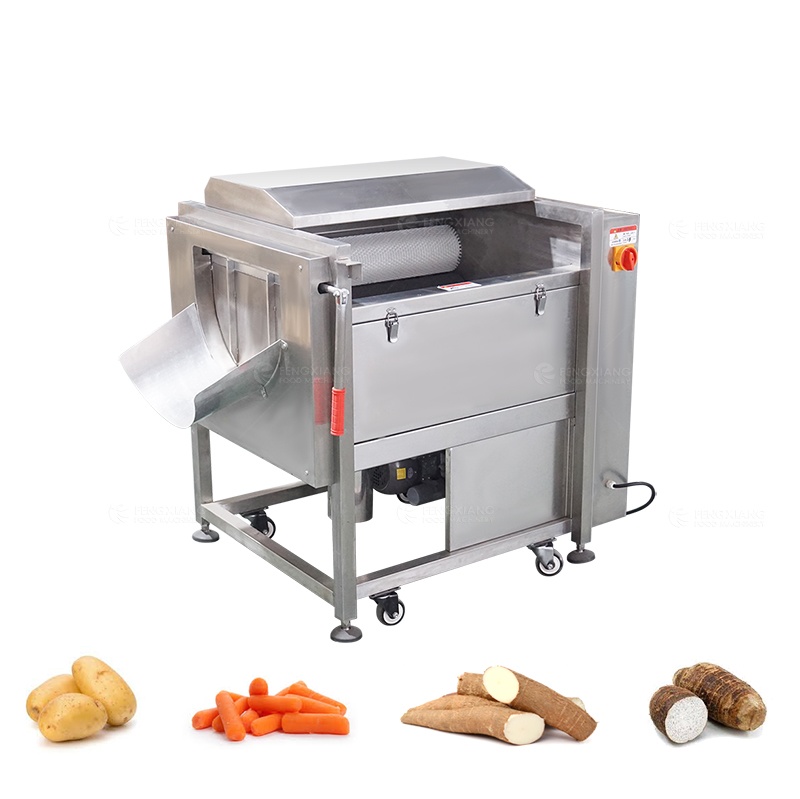
brushing peeling machine
Blade Peeling:
Blade peeling, also known as knife peeling, using a sepcial sharp blades to peel fruits and vegetables. This method is preferred for produce with tough or thick skins, such as root vegetables. such as peeling sweet potato, taro, cassava, onion, ginger, and so on.
Key Benefits of Blade Peeling:
a. Precision Peeling: Blade peeling enables control over the depth and thickness of peeling, resulting in consistent appearance and less lost.
b. Versatility: Food plants can adjust the blade settings to suit different produce types, making this method adaptable to various of peeling requirements.
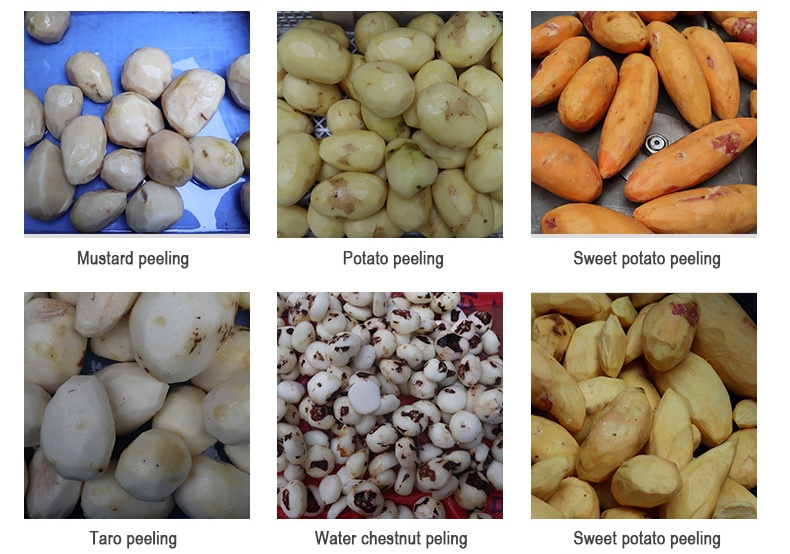
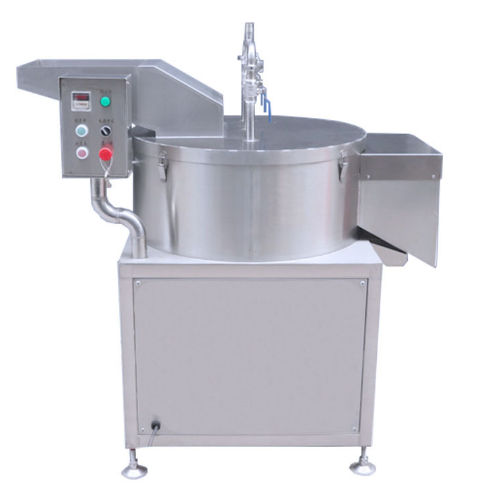
knife peeling machine
Steam Peeling:
Steam peeling is a thermal peeling process that utilizes high-pressure steam to loosen the skin of fruits and vegetables, making peeling easier and faster.
Key Benefits of Steam Peeling:
a. Minimal Nutrient Loss: Steam peeling preserves the material color, taste, and nutrients of the produce, enhancing the overall quality of the end product.
b. Sustainable Solution: With reduced water usage compared to other methods, steam peeling contributes to more sustainable food processing practices.
c. Time-saving: The rapid steam peeling process allows for higher throughput, reducing processing time and increasing overall efficiency.
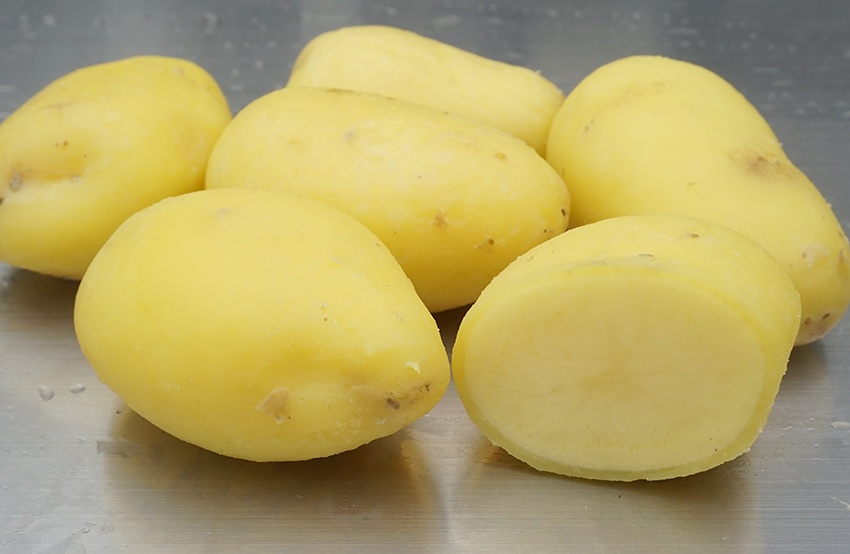
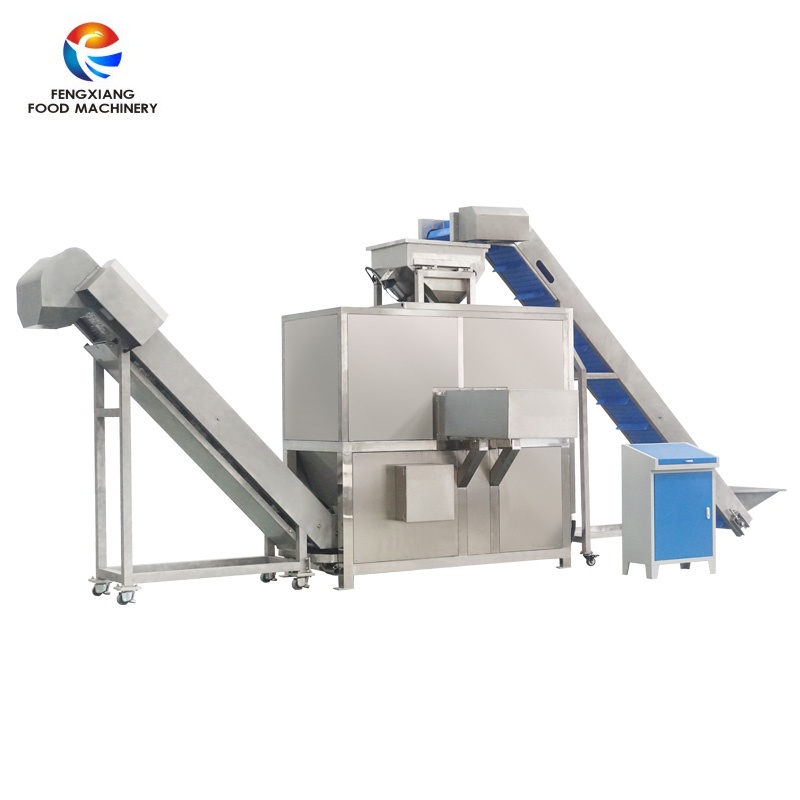
steam peeling machine
Conclusion:
As a food processing solution equiment factory, selecting the appropriate peeling method for your specific needs. Whether it's the brushing method for fruits or the blade peeling vegetables, each technique offers unique advantages to enhance your food processing operations. Additionally, steam peeling stands as a reliable and sustainable option for some types material, preserving the natural qualities and nutritional value.
By investing in the appropriate food processing machinery and choosing the right peeling techniques, you can achieve superior product quality, increased productivity, and optimal resource utilization. Remember that staying informed and updated on the latest advancements in peeling technologies are benifit for your busniss.
